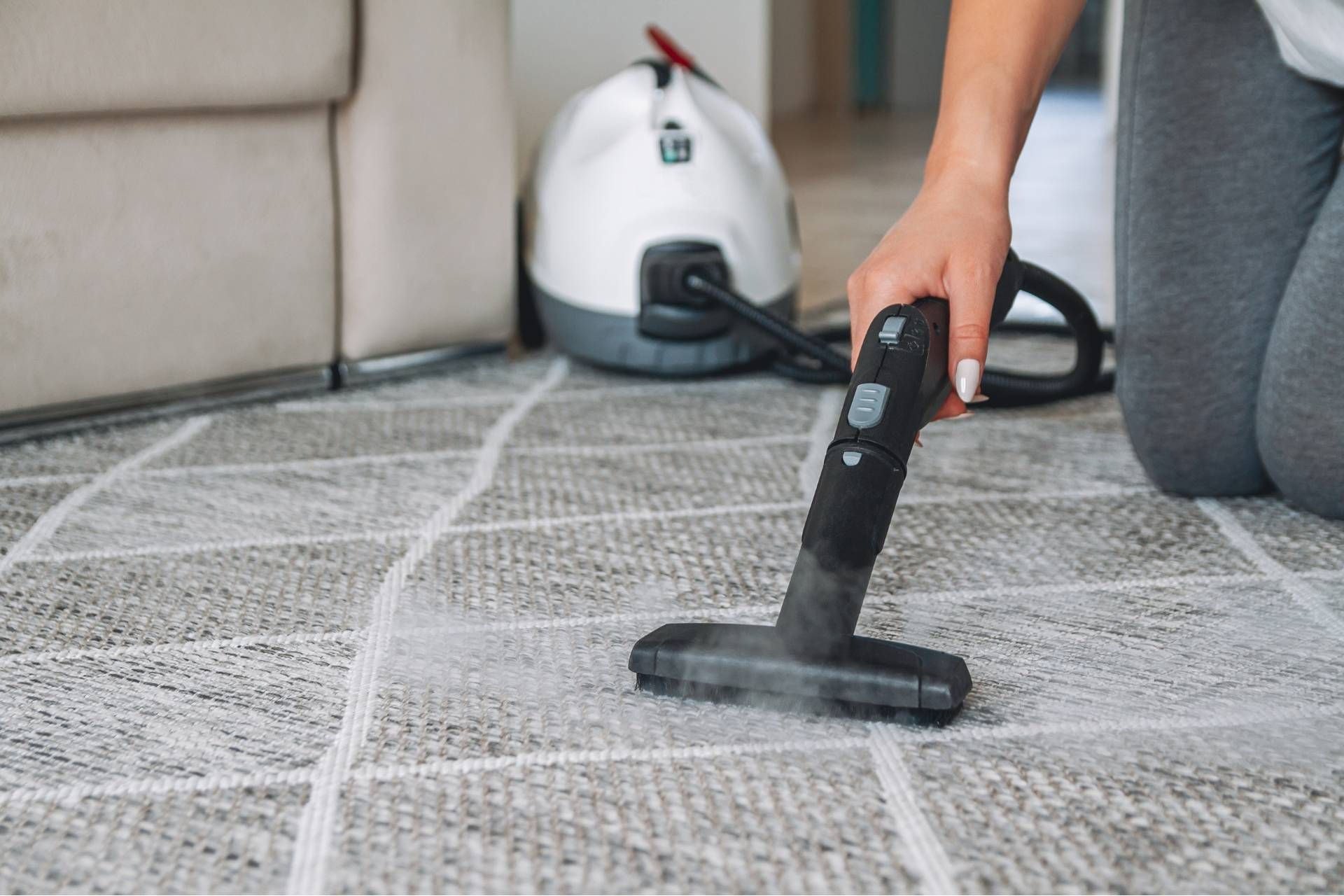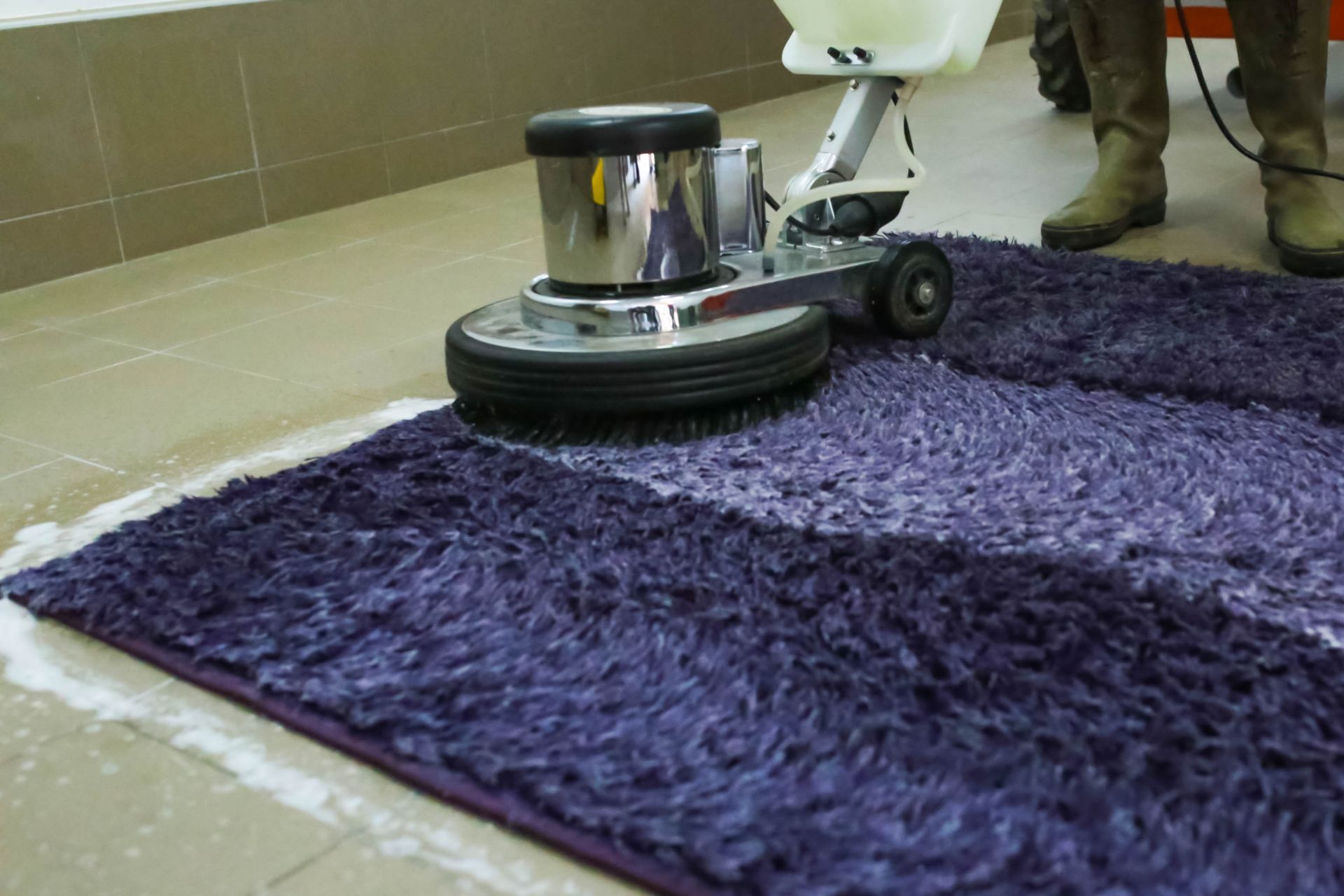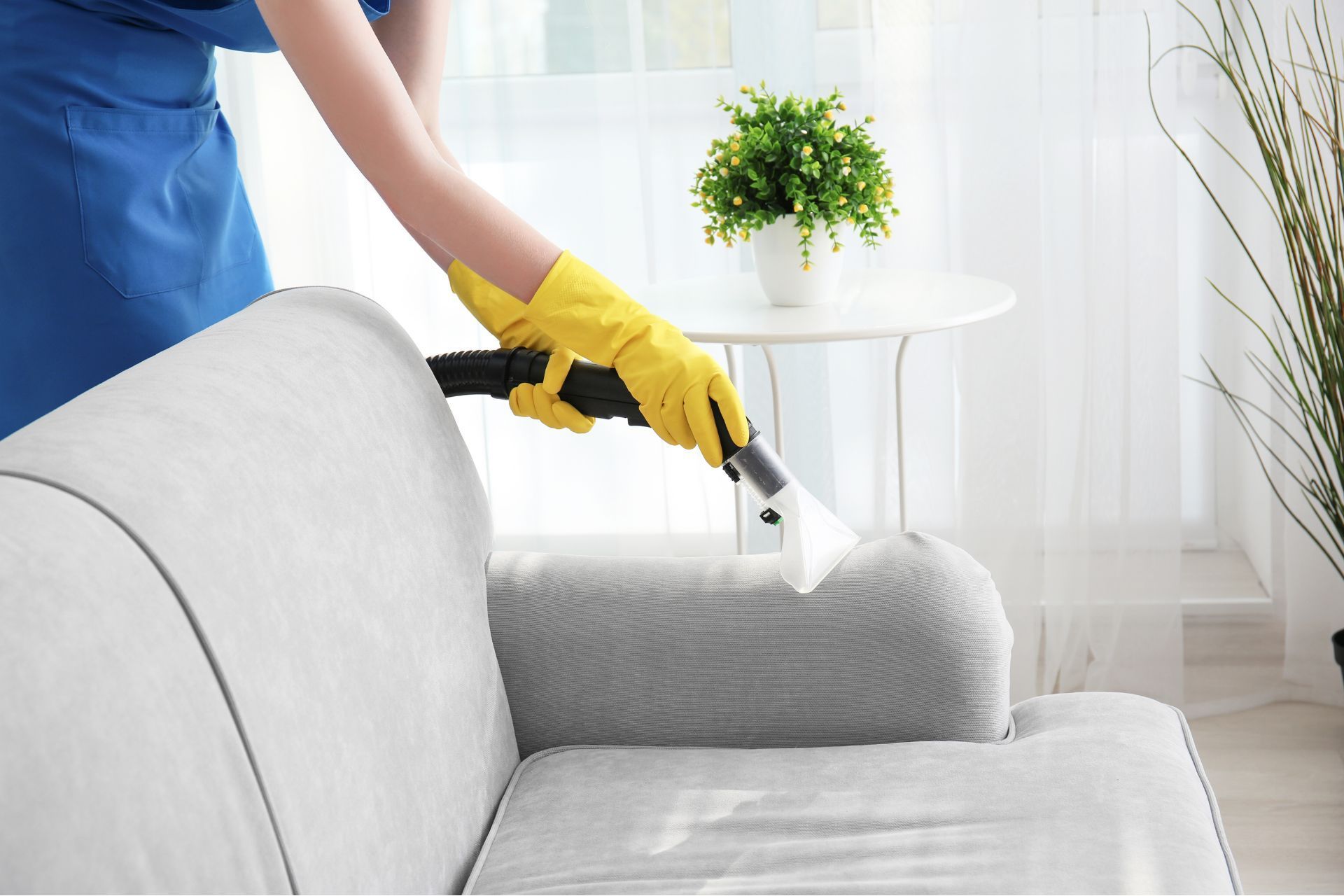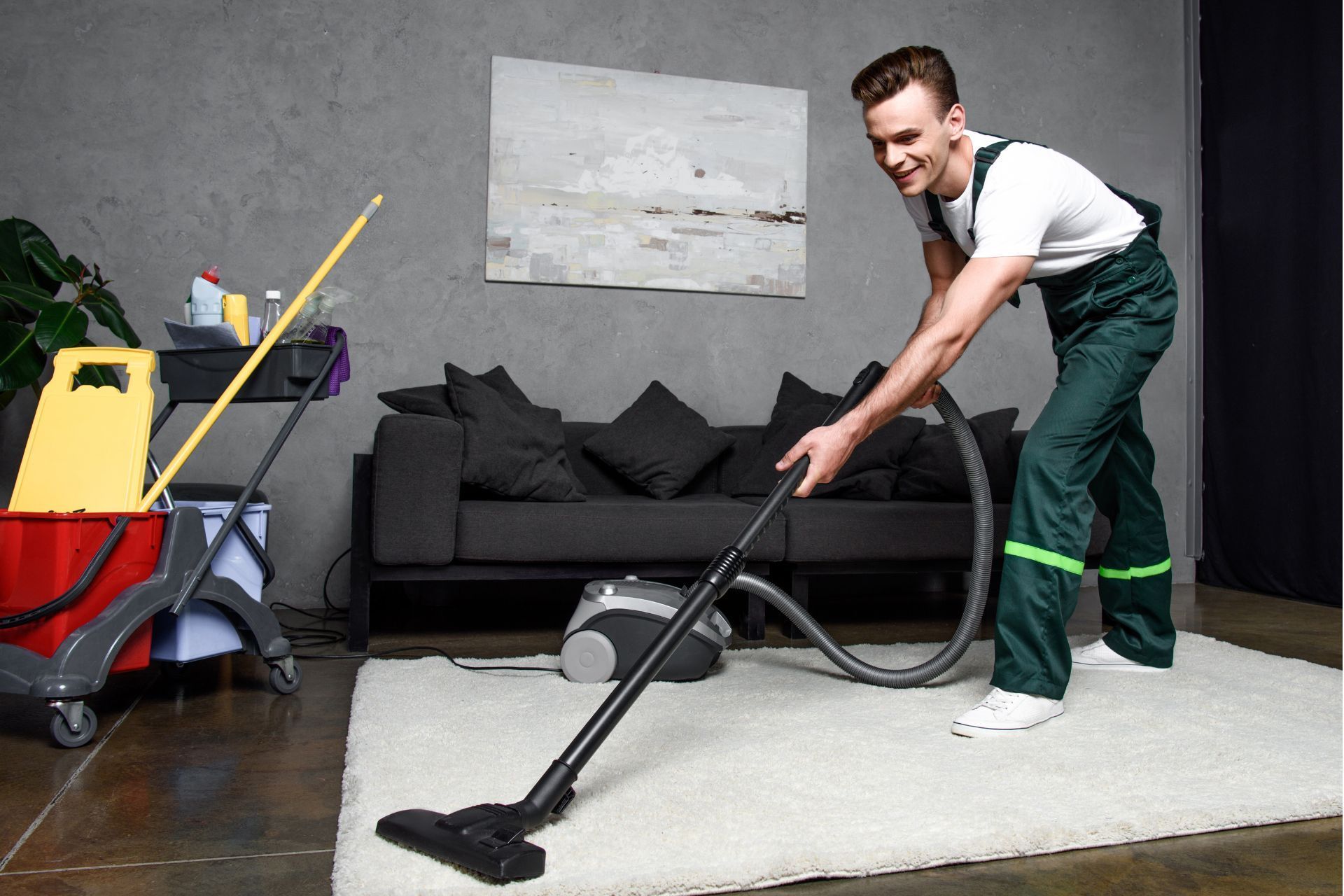Ways to Improve Indoor Air Quality
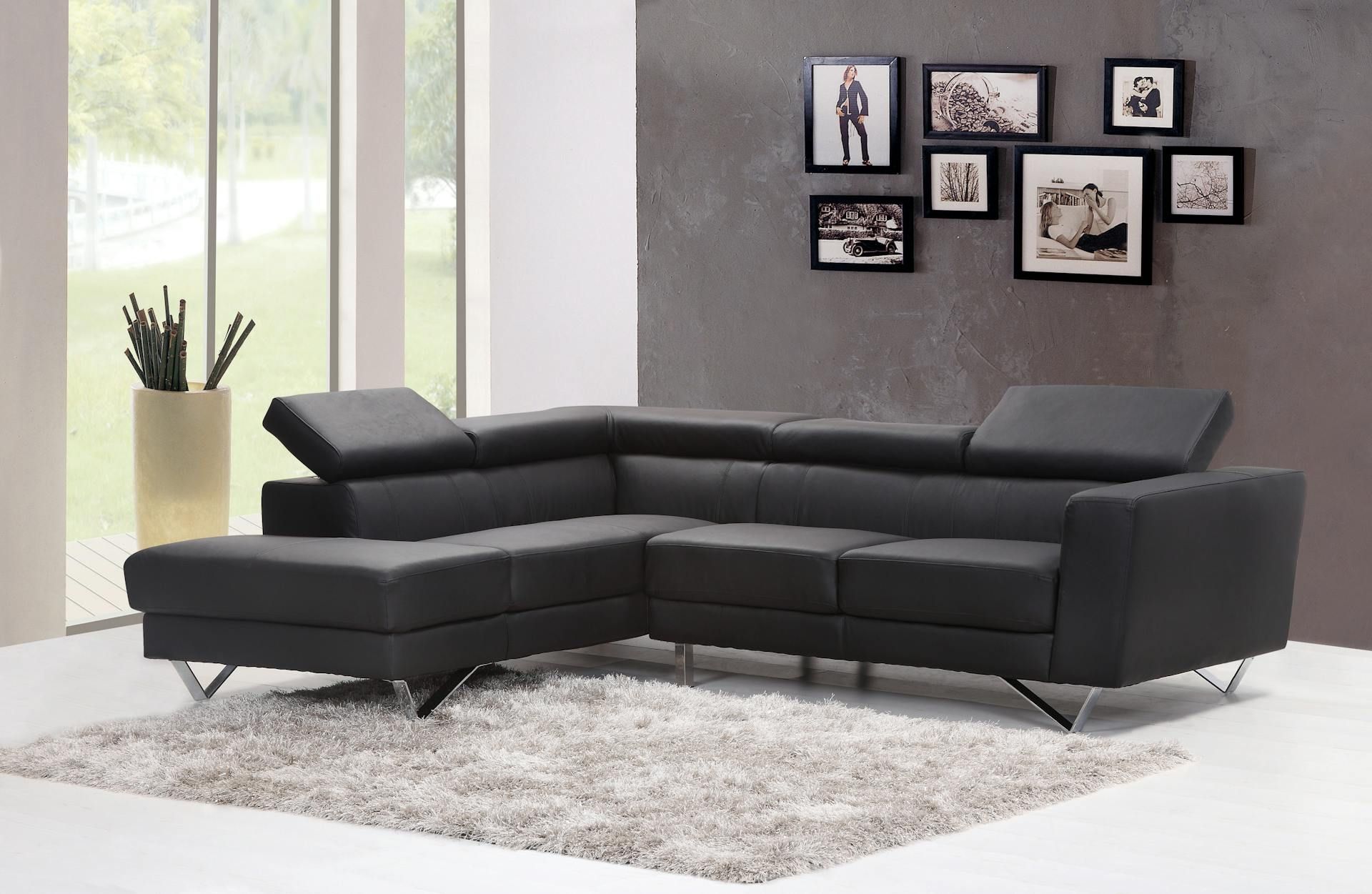
You may think that your home is already clean, but have you considered the quality of the air you breathe indoors?
One often overlooked aspect of overall well-being is the air quality within your living space. Indoor air quality is not something that often gets a lot of attention, but it is a crucial aspect of our overall health and well-being. Poor indoor air quality can lead to a variety of health issues, including respiratory problems, allergies, and even more serious conditions like asthma. Fortunately, there are a number of simple and effective ways to improve indoor air quality in your home.
Check out!
Importance of Indoor Air Quality
Having clean indoor air is crucial for maintaining a healthy living environment. The benefits of good indoor air quality are numerous. By ensuring that the air you breathe indoors is clean and free from pollutants, you can significantly reduce the risk of various health effects. Poor indoor air quality can lead to respiratory issues, allergies, asthma exacerbations, and even more severe conditions over time.
Breathing in clean air at home or in the office can improve your overall well-being. It can enhance your focus, productivity, and quality of sleep. Good indoor air quality also helps in preventing headaches, fatigue, and irritability that can result from being exposed to indoor air pollutants.
Sources of Indoor Air Pollution
Indoor air pollution originates from various sources within your living or working space. Common pollutants found indoors include tobacco smoke, mold, pet dander, dust mites, volatile organic compounds (VOCs) from cleaning products, and pollutants released from burning fuels like wood or gas. These pollutants can have detrimental effects on your health, exacerbating respiratory conditions such as asthma and allergies.
Tobacco smoke is a significant indoor air pollutant that not only harms smokers but also affects nonsmokers through secondhand smoke exposure. Mold spores can trigger allergic reactions and respiratory issues when inhaled. Pet dander, along with dust mites, are known allergens that can lead to sneezing, coughing, and congestion. VOCs from cleaning agents and paints can cause headaches, dizziness, and irritation to the eyes, nose, and throat. Additionally, pollutants from burning fuels may release carbon monoxide, a poisonous gas that can be fatal in high concentrations. Being aware of these common pollutants and their health effects is crucial in addressing indoor air quality issues.
Ways to Improve Indoor Air Quality
Effective Ventilation Strategies
To address indoor air quality issues effectively, implementing proper ventilation strategies is essential. Ventilation benefits include removing indoor pollutants, such as volatile organic compounds (VOCs) and allergens, and replenishing the indoor air with fresh outdoor air.
By improving air circulation techniques, you can prevent stagnant air pockets where pollutants accumulate. Opening windows and using exhaust fans are simple yet effective ways to ventilate your home. Additionally, installing trickle vents or air vents in multiple rooms can enhance airflow throughout the house.
It's crucial to ensure that your ventilation system is properly maintained to maximize its efficiency. Regularly changing air filters and scheduling professional inspections can help prevent blockages and ensure optimal ventilation.
Choosing the Right Air Purifier
When selecting an air purifier, consider the size of the room and the specific pollutants you want to target. Room size considerations are crucial when choosing an air purifier to ensure optimal performance. Larger rooms require purifiers with higher Clean Air Delivery Rates (CADR) to effectively clean the air. Conversely, smaller rooms can make do with a lower CADR.
Additionally, understanding the specific pollutants you want to eliminate will help you select the right air purifier. Different purifiers come with various filtration systems designed to target specific contaminants like dust, pollen, pet dander, smoke, or odors.
Filter replacement is another key factor to consider. Regularly changing filters is essential for the air purifier to work efficiently. Some models have washable filters, while others require replacement every few months. Factor in the cost and availability of replacement filters when making your selection to ensure ongoing effectiveness in purifying the air in your space.
Avoid Smoking Indoors
By smoking outdoors instead of indoors, you can greatly improve the air quality in your home. This simple change can help reduce the risk of respiratory issues, allergies, and even more serious health conditions like lung cancer. It can also help protect your loved ones from the harmful effects of secondhand smoke.
If you’re a smoker, consider creating a designated smoking area outside your home. Make sure to also properly dispose of cigarette butts and ashtrays to prevent them from contributing to indoor air pollution. And if you’re a non-smoker living with someone who smokes, encourage them to smoke outside or quit altogether for the health of everyone in the household.
Maintenance Tips for Cleaner Air
For cleaner air, regularly cleaning or replacing the filters in your air purifier is essential to maintain its efficiency and effectiveness. Over time, these filters can become clogged with dust, pollen, and other particles, reducing the purifier's ability to clean the air in your home.
Here are some maintenance tips to help improve the indoor air quality in your home:
- Change air filters regularly: This is perhaps the most basic, yet important, tip for maintaining cleaner air indoors. Air filters trap dust, dirt, pollen, and other particles that can contaminate the air we breathe. Make sure to change your air filters every 1-3 months, depending on the type of filter you have.
- Clean air vents and ducts: Over time, dust and debris can accumulate in air vents and ducts, reducing the efficiency of your HVAC system and circulating pollutants throughout your home. Regularly clean air vents and have your ducts professionally cleaned every 3-5 years to remove built-up debris.
- Install an air purifier: If you have allergies or respiratory issues, consider investing in an air purifier to remove allergens, bacteria, and other pollutants from the air. Look for a HEPA-certified air purifier for maximum efficiency.
- Keep your home clean: Regularly clean and vacuum your home to reduce the amount of dust and pet dander in the air. Use natural cleaning products to avoid introducing harmful chemicals into your indoor environment.
- Control humidity levels: High humidity can promote mold growth and worsen respiratory issues, while low humidity can lead to dry air and discomfort. Use a dehumidifier or humidifier to maintain optimal humidity levels in your home.
- Schedule regular maintenance for your HVAC system: Make sure to have your HVAC system inspected and maintained by a professional at least once a year. This will help prevent breakdowns, improve efficiency, and ensure that your system is circulating clean air throughout your home.
Use natural cleaning products to improve indoor air quality
Many traditional cleaning products contain harsh chemicals that can release harmful toxins into the air we breathe. These chemicals can linger in our homes long after we have finished cleaning, leading to potential respiratory issues and other health concerns.
One way to combat this problem is to switch to natural cleaning products. These products are made from ingredients that are safe for both you and the environment, and they can help improve indoor air quality by reducing the number of toxins and chemicals in your home.
Natural cleaning products are also just as effective as their chemical-laden counterparts. Ingredients such as vinegar, baking soda, and essential oils can be used to clean and disinfect effectively without the worry of harmful side effects.
Need help in Keeping a Good Air Quality?
When it comes to your health and the well-being of your loved ones, it's important to prioritize indoor air quality. With
Yeti Clean Co., you can breathe easy knowing that your carpets are free of harmful pollutants and allergens. So why wait any longer? Schedule a
carpet cleaning appointment today and enjoy a cleaner, healthier home!





